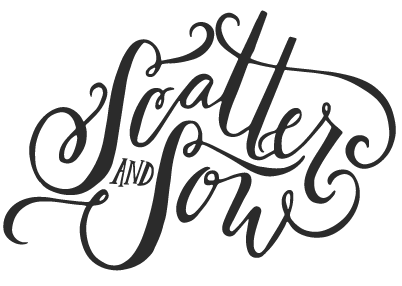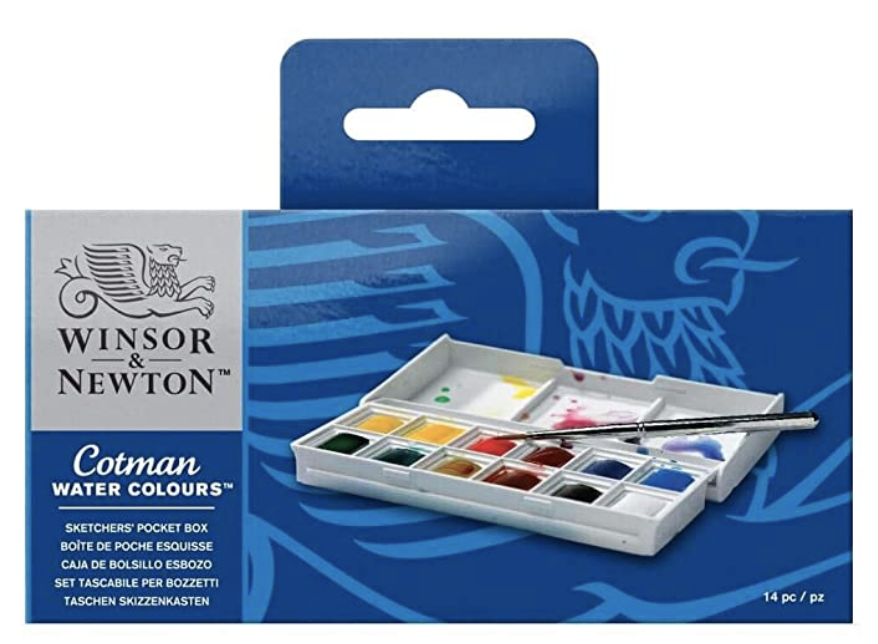Garden to Garden
In his 1999 “Letter to Artists,” Pope Saint John Paul II tells us: “Wonder is the only appropriate attitude” (Letter to Artists, 16). But what is wonder? Wonder involves being awe-struck, grateful, filled with joy. In a sense, wonder is wholeness. And believe it or not, wonder is our original, intended way of being.
Use your imagination to go back to the Garden of Eden. Watch Adam as he sees Eve for the first time.
“At last,” he gasps, “bone of my bone and flesh of my flesh!” (Gn 2:23)
This creature—this person—is perhaps the most beautiful thing he’s ever seen (aside from God himself), and her presence, her essence, strikes him to the core. He’s dazzled by her. But not merely because of her physical appearance. He’s awestruck because of what Eve reveals to him about The Lord: that He is good, generous, and creative. That He cares. That He knows exactly what we need.
He, not She, is the ultimate source of Adam’s wonder.
That’s how Beauty (the inspiration of wonder) works. It reveals to us the One who is Truly Beautiful. And in His Presence, we are whole.
Now, imagine you’re in another Garden. You came to this place feeling lost and defeated. Your Savior has been murdered on a cross. Your guide, gone. Your heart, broken.
And yet…
Where is He?
He’s gone?
How can this be?
He’s alive?!
...Run! Tell everyone!
Even in this Garden—one of brokenness—the Lord can and does appear. Once again, He gifts humanity with a revelation about himself: He is a Promise Keeper...a Death Defeater!
This time the revelation is so wondrous that humanity is compelled to act—to run, tell, speak, yell, witness.
These garden moments illustrate what wonder looks like in our own lives: Everything begins with a gift from God—an experience of Beauty—where He reveals something about Himself. The revelation stirs in us feelings of gratitude, clarity, and joy. The gift is followed by an invitation that asks us to join Him in His life-giving work by offering our own gift: the gift of ourselves.
From dust to dust, garden to garden, gift to gift. Beauty is a winding, wondrous path back to The Beginning.
Your path to wonder starts here.
What to Expect
Over the next eight weeks, beginning on Easter Sunday, we’ll embark on a journey together, with the goal to hear and to respond to the Lord’s invitation to participate in the mystery of creation through beauty, creativity, and relationship. Each week we will practice the way of beauty—the via pulchritudinis—by focusing on a Spiritual Posture and Fruit chosen to help stir us to wonder and encounter the Living God. Through a daily routine, which includes an original morning offering, spiritual and creative prompts for exploration in a sketchbook or through your own creative medium, and an evening offering, we will behold God’s beauty, engage our intellect, and craft the masterpiece of our lives.
Drawing inspiration from theological resources such as Saint John Paul II’s Letter to Artists, the Via Pulchritudinis (the concluding document of the Plenary Assembly, 2006), the Teaching and Sacramental life of the church, and our personal experiences, we’ve designed the Spiritual Postures and Fruits to explore the natural attitudes the heart journeys through when encountering true beauty. All the postures are directed toward an overall attitude of wonder.
All the content in Stirred to Wonder was written by Erin Day and Tara Wright. Content was edited by Ian Tuttle, and theologically reviewed by Father James Goins and Father Zachary Boazman, both from the Diocese of Oklahoma City.
UP NEXT: Click here to read more about what inspired us to create Stirred to Wonder!












